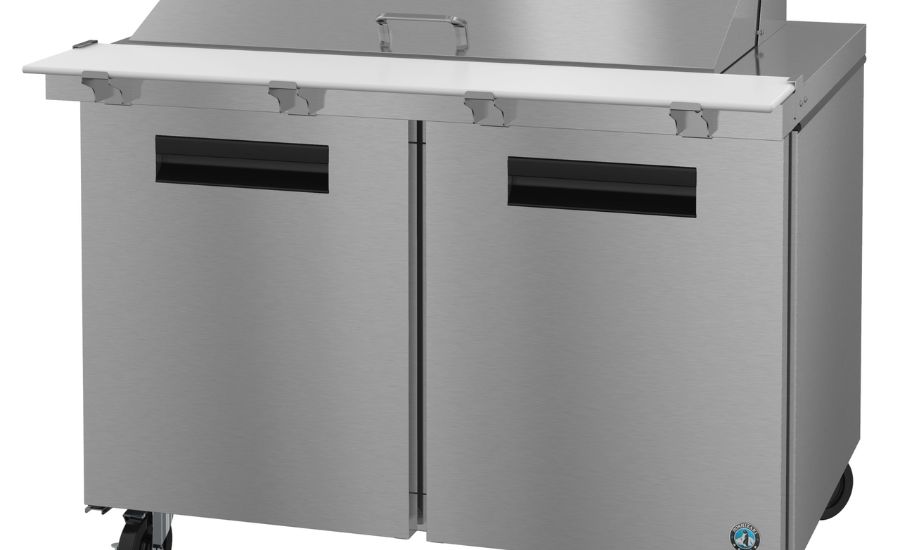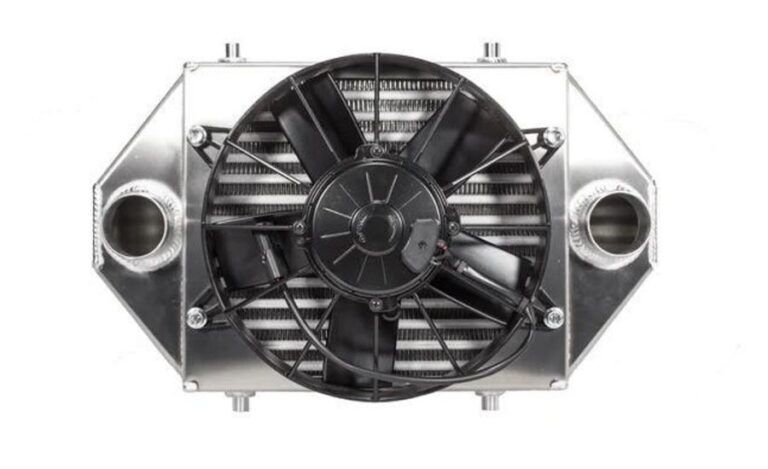172.18.0.250.10.18.0.73, Importance, Misconceptions & More
Introduction
The IP address 172.18.0.250.10.18.0.73 plays a significant role in specialized network configurations and addressing schemes. While not a typical address you may encounter in everyday networking, its structure and function make it important for certain network scenarios. Understanding its components is essential for network administrators and IT professionals looking to optimize performance, security, and manageability within their networks.
This guide will provide an in-depth look at the IP address 172.18.0.250.10.18.0.73. We will explore its key features, offer step-by-step configuration instructions, and share troubleshooting tips for common issues. Additionally, we will cover advanced techniques for maximizing its potential in your network, enhancing your networking skills and understanding of more complex networking setups.
What is 172.18.0.250.10.18.0.73?
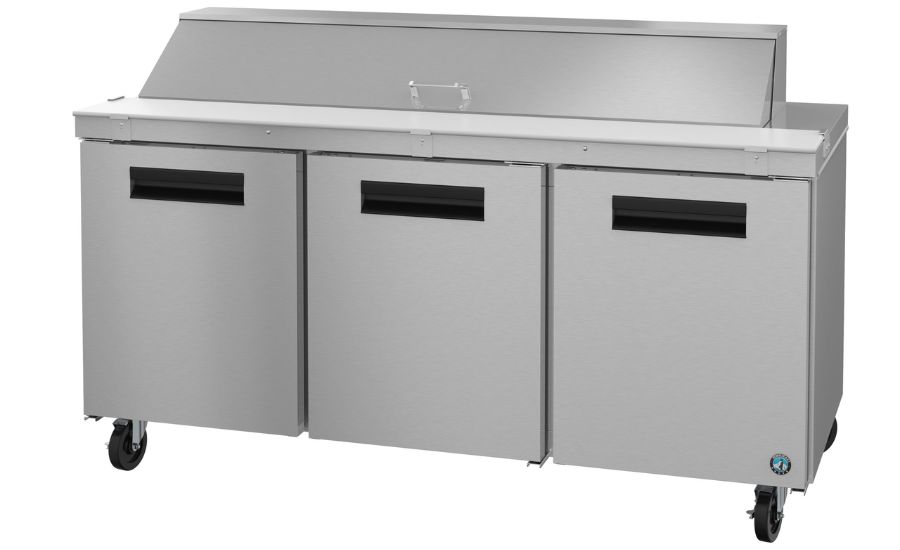
The IP address 172.18.0.250.10.18.0.73 is a unique address that belongs to a private IP range, which means it is not directly accessible from the public internet. Instead, it is used within local or internal networks for communication between devices. This address follows a format of four octets followed by three additional octets, which suggests it could be part of a customized or extended addressing scheme used for specialized network configurations.
It is important to note that 172.18.0.250.10.18.0.73 does not fit the conventional formats of standard IPv4 or IPv6 addresses, making it particularly unique. It might be part of a larger, more complex network setup, requiring a specialized understanding for proper configuration and troubleshooting.
The Importance of 172.18.0.250.10.18.0.73 in Networking
The significance of 172.18.0.250.10.18.0.73 in networking lies in its potential use for specialized network functions or custom configurations. While it may not be a standard address, it could be integral in several networking scenarios, including:
- Specialized Routing Protocols: Custom routing configurations may use this IP address to handle specific traffic flows or routing paths.
- Virtual Private Networks (VPNs): It could serve as part of a VPN setup, allowing secure communication between remote locations within a network.
- Network Address Translation (NAT): This IP address could play a role in NAT setups, enabling the translation of private IP addresses to public ones for internet access.
- Software-Defined Networking (SDN): In SDN environments, it may be used to enable dynamic network management and automation.
For network administrators, understanding how 172.18.0.250.10.18.0.73 fits into the larger network configuration is crucial for maintaining efficient network operations. Its unique structure indicates that it might be used in complex systems, such as large enterprise networks or networks requiring advanced address management.
Network professionals working with 172.18.0.250.10.18.0.73 must be familiar with its function, particularly in environments where standard addressing schemes fall short. This knowledge is essential for ensuring smooth network operation, addressing potential issues, and leveraging the full capabilities of the network.
Common Misconceptions About 172.18.0.250.10.18.0.73
Several common misconceptions about the IP address 172.18.0.250.10.18.0.73 can lead to misunderstandings and incorrect implementation. It’s essential for network professionals to be aware of these myths to ensure proper understanding and use:
- Standard IP Address: One prevalent misconception is that this address follows the usual IPv4 or IPv6 formats. In reality, the structure of 172.18.0.250.10.18.0.73 deviates from standard IP addressing schemes, indicating its specific use in specialized network scenarios.
- Public Routability: Some may mistakenly believe that this address is usable for public internet routing. However, 172.18.0.250.10.18.0.73 is part of a private IP address range, making it suitable only for internal communications within private networks.
- Universal Applicability: Another misunderstanding is that this IP address can be deployed in any network environment. On the contrary, its use is often confined to specific network models or customized configurations that require a non-standard approach to addressing.
- Ease of Setup: Due to its unconventional structure, configuring 172.18.0.250.10.18.0.73 may not be as straightforward as it seems. Implementing it correctly requires specialized knowledge and careful planning to avoid potential network issues.
- Compatibility: Some may assume this IP address is compatible with all network devices and protocols. However, because of its unique structure, 172.18.0.250.10.18.0.73 may only be fully supported by specific hardware or software that accommodates non-standard addressing schemes.
By addressing these misconceptions, network professionals can gain a clearer understanding of the proper use, limitations, and requirements of 172.18.0.250.10.18.0.73, which is crucial for making informed decisions about network design and implementation.
Key Highlights of 172.18.0.250.10.18.0.73
172.18.0.250.10.18.0.73 stands out due to its unique structure and potential applications in complex networking environments. Below are some key features of this IP address, including its structure, subnet mask, and network segmentations:
IP Address Structure
The structure of 172.18.0.250.10.18.0.73 is irregular compared to typical IPv4 or IPv6 addresses. Instead of the conventional four octets used in IPv4 or eight hexadecimal segments in IPv6, this address comprises seven octets separated by periods. This distinctive format indicates that the address is part of a specialized addressing scheme, designed to meet the specific needs of certain network setups.
The first four octets (172.18.0.250) align with a standard IPv4 address within the private IP range, while the additional three octets (10.18.0.73) extend its addressing capabilities. This expanded addressing structure may allow for more granular network segmentation and enhanced routing options, especially in large-scale or custom network environments.
Subnet Mask
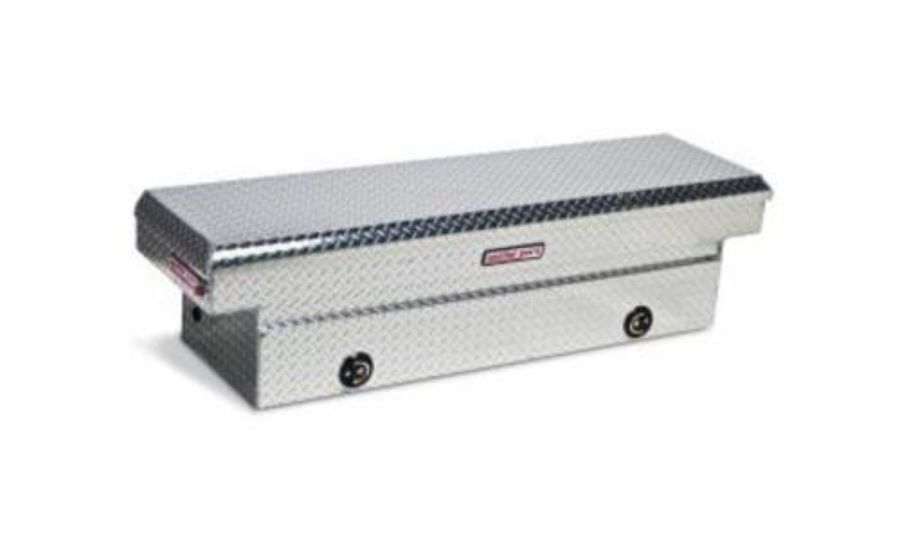
Due to the non-standard format of 172.18.0.250.10.18.0.73, the subnet mask is not immediately apparent. In traditional IPv4 addressing, the subnet mask helps determine which part of the IP address corresponds to the network and which part represents the host. For this extended IP address, subnetting may require a customized approach, where administrators may need to create more complex subnet masks to manage the expanded address space effectively.
Network professionals working with this unique address must be prepared to implement custom subnetting methods and utilize specialized tools to define network boundaries and manage traffic flows across various subnets.
Network and Host Portions
Determining the network and host portions of 172.18.0.250.10.18.0.73 requires an alternative approach compared to standard IP addressing. In regular IPv4 addresses, the first one to three octets represent the network portion, while the remaining octets represent the host portion. However, the extended structure of this IP address offers new possibilities for defining these segments.
One interpretation might treat the first four octets (172.18.0.250) as the network portion, in line with standard private IPv4 addressing, while the last three octets (10.18.0.73) could serve as the host portion, enabling a significantly larger number of unique host identifiers within a single network.
Alternatively, network administrators might employ a hierarchical addressing scheme, where different segments of the IP address represent various levels of the network’s structure. For example:
- 172.18 could represent a top-level network.
- 0.250 could define a subnet within that network.
- 10.18 could indicate a further subdivision of the subnet.
- 0.73 could identify a specific host or device within the network.
This layered approach enables more effective routing and management of large-scale networks, though it requires custom routing protocols and network management tools to implement and maintain effectively.
Configuring 172.18.0.250.10.18.0.73
Configuring 172.18.0.250.10.18.0.73 requires meticulous attention due to its non-standard format. The unique structure of this IP address means that special care is needed during its configuration to avoid common pitfalls and ensure a stable and secure network. This guide provides practical steps for setting up this address, highlighting best practices and common challenges that network administrators should be aware of.
Best Practices for Configuration
To successfully configure 172.18.0.250.10.18.0.73 and avoid issues, it is crucial to follow these best practices:
- Documentation: Maintain thorough records throughout the setup process. This should include details of any custom scripts, tools, or configurations used. Documenting the setup will help in troubleshooting and future network changes.
- Testing: Before deploying the IP address into a production network, conduct comprehensive tests in a controlled environment. This allows for the identification of potential issues and ensures the setup is working as expected without impacting the broader network.
- Segmentation: It is advisable to place this IP address into a segregated network segment. By isolating it from standard IP ranges, you can minimize conflicts with other devices and ensure smoother integration into your network.
- Monitoring: Implement advanced monitoring tools capable of handling non-standard IP addressing. These tools will help track the performance of the network, quickly identify any issues, and ensure the network is running efficiently.
- Training: Ensure that all network staff are trained in the specifics of working with non-standard IP addresses like 172.18.0.250.10.18.0.73. Proper knowledge will reduce the risk of misconfigurations and help resolve issues swiftly.
- Regular Reviews: Schedule periodic reviews of the network configuration to verify that it is functioning as intended. Regular audits will also help identify any deviations from best practices and make it easier to maintain network integrity.
- Backup and Recovery: Keep up-to-date backups of all network device configurations. This practice is essential for quick recovery in case of configuration errors or unforeseen issues.
By adhering to these best practices, network administrators can minimize risks associated with implementing 172.18.0.250.10.18.0.73 and ensure a more stable, secure, and efficient network environment.
It is also worth noting that the use of 172.18.0.250.10.18.0.73 may impact network performance or compatibility with certain applications and services. Therefore, it is recommended to thoroughly assess whether this specific addressing scheme is required and weigh its advantages against any potential drawbacks before proceeding with implementation.
Troubleshooting Issues with 172.18.0.250.10.18.0.73
Due to its unusual structure, troubleshooting issues related to 172.18.0.250.10.18.0.73 can be challenging. However, by using the correct tools and following a systematic approach, network professionals can effectively identify and resolve problems. Below are common issues that may arise, along with practical troubleshooting steps.
Identifying Network Problems
Network issues with 172.18.0.250.10.18.0.73 often arise due to its non-standard structure. Here’s how to identify and resolve such issues:
- Ping Test: Start by pinging the IP address from different areas of the network. If the ping fails, it may indicate a routing or configuration issue that needs attention.
- Traceroute Analysis: Use traceroute tools to trace the path to 172.18.0.250.10.18.0.73. This can help pinpoint where the communication breakdown occurs, such as routing or firewall blocks.
- Check Network Logs: Review the logs of routers and switches for any errors related to this IP address. Log entries often provide detailed information on where the problem lies.
- Verify DNS Resolution: Ensure that DNS servers can correctly resolve the IP address if it’s associated with a domain name. Misconfigurations in DNS can cause communication issues.
- Examine Firewall Rules: Inspect firewall configurations to confirm that traffic to and from 172.18.0.250.10.18.0.73 is allowed. Sometimes, restrictive firewall rules can block communication.
Resolving IP Conflicts
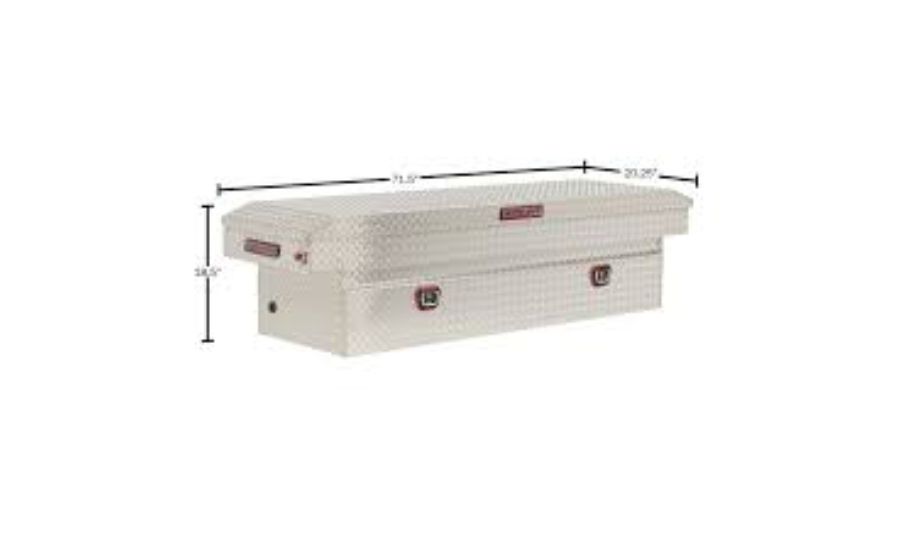
IP conflicts can be disruptive to the network and cause connectivity issues. If 172.18.0.250.10.18.0.73 is experiencing conflicts, follow these steps:
- Scan the Network: Use IP scanning tools to identify any duplicate instances of 172.18.0.250.10.18.0.73 on the network.
- Check DHCP Settings: If DHCP is in use, verify that it’s not assigning 172.18.0.250.10.18.0.73 to multiple devices. Improper DHCP configurations can lead to address conflicts.
- Review Static IP Assignments: Confirm that 172.18.0.250.10.18.0.73 has not been manually assigned to more than one device. IP conflicts often arise from static assignments that overlap.
- Update ARP Tables: Clear and update the ARP tables on devices to resolve issues caused by outdated address resolutions and caching.
- Use IP Management Tools: Consider using specialized IP address management (IPAM) software to track and manage IP address allocation. This can prevent conflicts, especially in large-scale networks where many devices may use non-standard addressing.
By using these troubleshooting methods, network administrators can effectively address issues related to 172.18.0.250.10.18.0.73 and ensure smooth, uninterrupted network performance.
Final Words
The IP address 172.18.0.250.10.18.0.73 presents a unique challenge for network administrators due to its non-standard structure and potential for complex configurations. Understanding its functionality, identifying common issues, and employing best practices for configuration and troubleshooting are crucial for ensuring smooth network operations. Although it is not a typical IP address format, with proper planning, monitoring, and the right tools, network professionals can optimize the use of this address for specialized applications. It’s essential to approach its integration thoughtfully, keeping in mind its impact on overall network performance and compatibility.
Frequently Asked Questions (FAQs)
- What makes 172.18.0.250.10.18.0.73 different from a regular IP address?
- This address is unique because it extends beyond the traditional 4-octet format of IPv4 and is part of a custom addressing scheme. It is not directly routable on the public internet and is likely used in specific, internal network configurations.
- Can I use 172.18.0.250.10.18.0.73 in any network?
- Not necessarily. Its unusual format means it may only be applicable in specialized network configurations or custom setups. It’s important to assess the need for this address and whether it fits within your network design.
- How do I resolve connectivity issues with this IP address?
- Start by performing a ping test, traceroute analysis, and reviewing network logs. Check for DNS resolution issues and ensure your firewall settings allow communication to and from the address.
- What should I do if I encounter an IP conflict with this address?
- Use IP scanning tools to detect duplicates, review DHCP settings, check static IP assignments, and clear ARP tables to resolve conflicts. If necessary, implement IP Address Management (IPAM) software for better tracking and management.
- Is this IP address suitable for large-scale networks?
- Yes, its extended structure might be particularly useful in large-scale, complex network environments where more granular addressing and sophisticated subnetting are required.
Key Facts
- 172.18.0.250.10.18.0.73 is not a typical IPv4 or IPv6 address and may be part of a specialized network configuration.
- It is within the private IP address range, meaning it is not routable on the public internet but is intended for internal network use.
- Its format could be used for advanced networking scenarios such as custom routing protocols, VPN setups, or software-defined networking.
- Proper configuration and troubleshooting require careful planning and understanding of the extended address structure to ensure compatibility with network devices and protocols.
- IP conflicts involving this address should be addressed using IP management tools and regular monitoring to prevent network disruptions.
For more Information About Gadget visit idealrular
